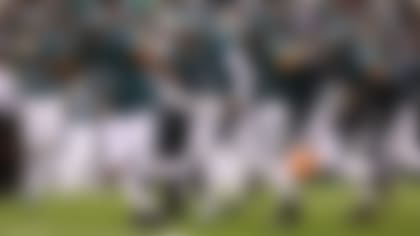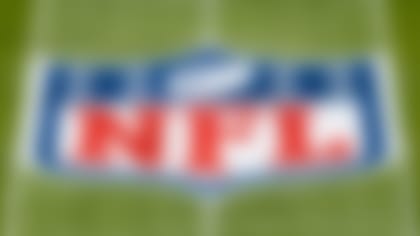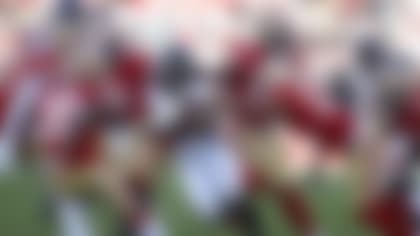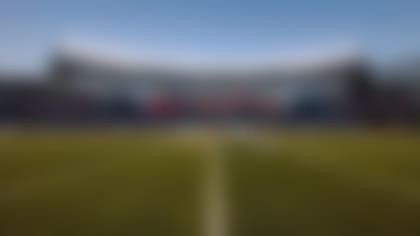In partnership with Dr. Jonathan Drezner, Team Physician for the Seattle Seahawks and Director of the University of Washington Center for Sports Cardiology, the league has distributed a video on the recognition and management of Sudden Cardiac Arrest (SCA) in athletes.
In a communication to club clinicians, Dr. Allen Sills, the NFL's Chief Medical Officer, noted that "this video provides an overview of best practices for recognition and treatment of SCA, as well as special considerations for our practice environments."
Begin with a Plan
SCA is a condition in which the heart abruptly stops beating. In athletes, it's usually caused by an irregular heart rhythm called ventricular fibrillation, an electrical disorder that prevents the heart from effectively pumping blood to the body.
To ensure clubs are prepared to respond to SCA, Dr. Drezner recommends preparing and implementing an emergency action plan.
"All teams should have rescuers trained in CPR and recognition of SCA on staff, access to an automated external defibrillator (AED), all-staff awareness of the location of AEDs and a means to call 9-1-1," Dr. Drezner said.
Dr. Drezner emphasized that team medical staff should be prepared not only to recognize the signs of SCA, but to react quickly if a player exhibits those signs and initiate the rescue protocol until EMS arrives.
"This emergency response should be rehearsed at least once annually by all individuals responsible for the care of athletes in the event of an emergency," he added.
Step 1: Recognize
Sudden Cardiac arrest causes players to suddenly collapse without warning or preceding symptoms.
"Players typically appear normal prior to collapse," Dr. Drezner said. "There are no signs of fatigue or struggle."
SCA can occur during exertion or during the transition from intense exertion to lower exertion – for example, walking after a short sprint.
"Common signs of SCA include having the eyes open and rolled back, brief seizure-like activity such as shaking, quivering, or twitching, as well as gasping or agonal respirations," Dr. Drezner explained.
Step 2: React
If a player collapses and exhibits signs of SCA, club personnel must initiate care immediately.
Rescuers should call 9-1-1 and alert emergency medical services that a player is experiencing a cardiac emergency.
Once EMS has been alerted, team medical staff should retrieve an AED – a portable device that automatically detects cardiac irregularities and treats them through defibrillation to jump start the heart.
Staff should then expose the player's chest and confirm access to the airway. If a player collapses while wearing full pads and a helmet, the chest pads should be cut and opened and the facemask removed to facilitate a rapid resuscitation.
Step 3: Rescue
With the chest exposed, staff trained in CPR should begin chest compressions and apply the AED as soon as possible. The AED will perform a rhythm analysis to determine whether or not a shock is needed.
"Chest compressions should be 100 compressions per minute, two inches in depth," Dr. Drezner said.
"[If] a shock is delivered, chest compressions should restart immediately until the player becomes responsive or EMS arrives," he said.
Supporting All Athletes
Importantly, Dr. Drezner emphasized that all coaches, strength and conditioning professionals and other adults responsible for the health and safety of athletes should be prepared when it comes to SCA.
"Every school, club and organization that sponsors athletic activities should have a written emergency action plan to respond to a collapsed athlete with a cardiac emergency," he said.












